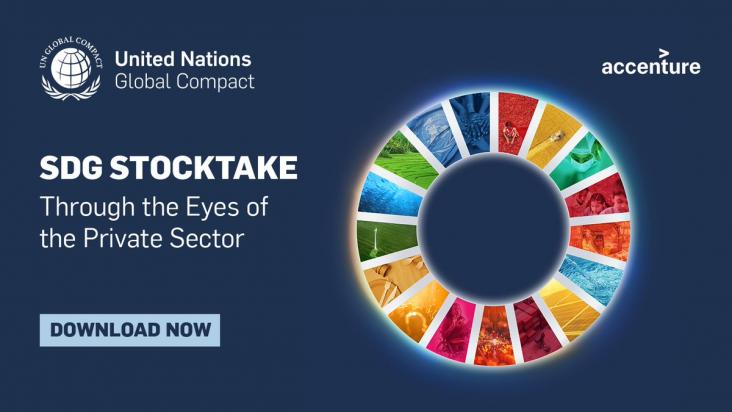Nelson Pediatric Symptom-Based Diagnosis: Common Diseases and their Mimics (Second Edition)
2023, Pages 450-472.e2
Neuropsychiatric Disorders and Epigenetics: Translational Epigenetics, Second Edition, 2024, Pages 103-124
Genomics in the Clinic: A Practical Guide to Genetic Testing, Evaluation, and Counseling, 2024, Pages 493-494
This case study aligns with Goal 3: Good Health by highlighting the importance of accurate diagnosis and understanding of genetic conditions, which can lead to better health management and support for individuals with psychosis and learning disabilities. Additionally, it aligns with Goal 10: Reduced Inequalities by emphasizing the need for equitable access to healthcare and resources for individuals with complex health needs, ensuring that they receive appropriate care and support tailored to their specific conditions.

